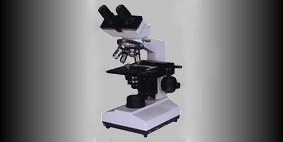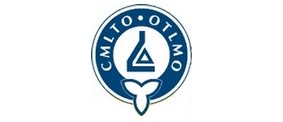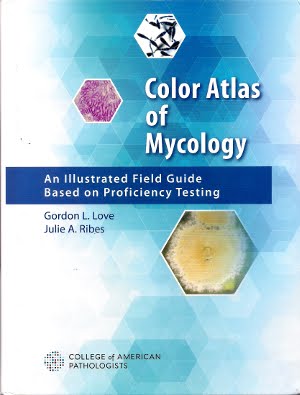
Strongyloides stercoralis is a human parasitic roundworm (Nematode) about 2.5 mm in length. The adult parasitic stage lives in tunnels in the mucosa of the small intestine. The genus Strongyloides contains 53 species and S. stercoralis is the type species. The infectious larvae penetrate the skin when there is contact with the soil. Some of them enter the superficial veins and ride the blood vessels to the lungs, where they enter the alveoli. They are then coughed up and swallowed into the gut, where they parasitize the intestinal mucosa. S. stercoralis has a very low prevalence in societies where faecal contamination of soil is rare.
Ivermectin is the drug of first choice for treatment. Thiabendazole was used previously, but owing to its high prevalence of side effects and lower efficay, it has been superceeded by ivermectin and as second line, albendazole.
The above photomicrograph is of the Strongyloides larvae in a wet preparation of concentrated fecal material. x800.

.jpg)























